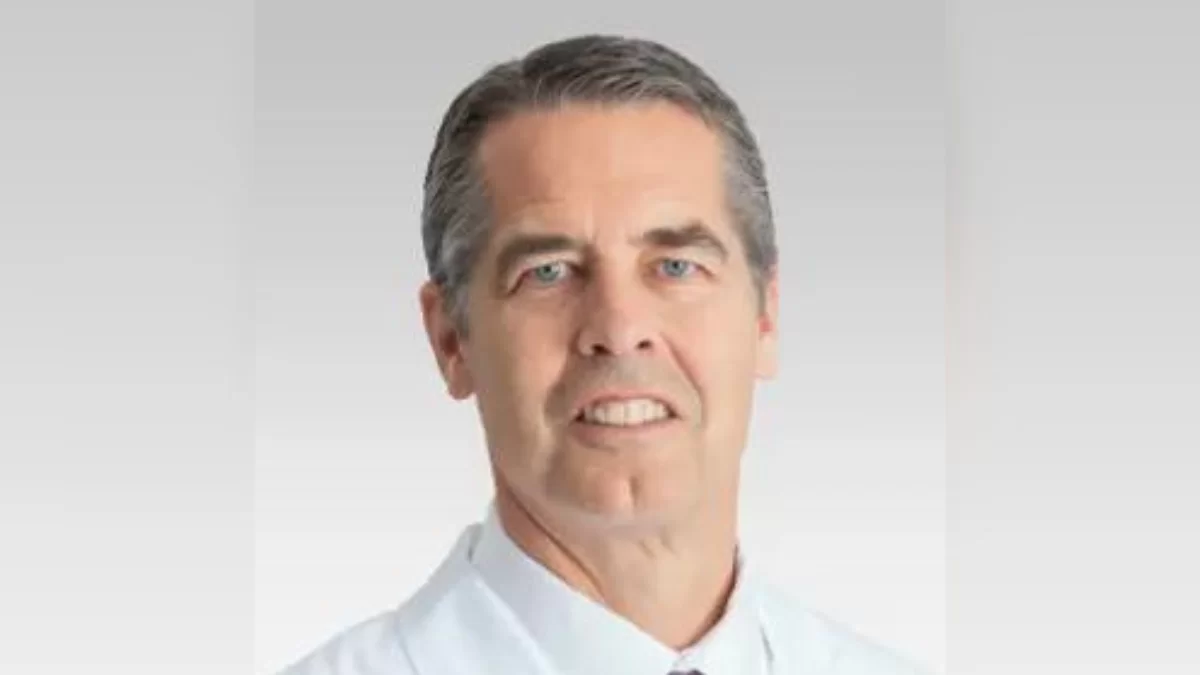
"Balloon Sinuplasty is a minimally invasive procedure that uses an advanced technique, a balloon, to treat sinuses. This is an appropriate intervention for sinuses that are no longer functioning optimally," Dr. Stewart told Patient Daily. "This procedure, on average, takes about 30–40 minutes, which conveniently can be done in the office. Overall, it is a great procedure to help improve quality of life by giving you an opportunity to breathe your best."
Balloon sinuplasty, also known as balloon catheter dilation surgery, is a procedure to clear blocked sinuses, according to Healthline. This surgery is relatively new, having been approved by the Food and Drug Administration in 2005. Balloon sinuplasty is most often recommended for people with chronic sinusitis after attempts at other forms of treatment are ineffective. Balloon sinuplasty is fairly straightforward, and reported complications are minimal.
Balloon sinuplasty is becoming more popular because it has lower risks and a quicker recovery time than traditional sinus surgery, as noted by GoodRX. The procedure is performed in the office, is less expensive compared to the procedures conducted in a hospital setting, and is typically covered by insurance.
A balloon sinuplasty procedure usually takes less than 30 minutes, and patients typically recover within 1-2 days. Most patients can resume their normal activities in that time period, although they may experience some swelling for up to a week, according to Medium. By contrast, functional endoscopic sinus surgery procedures take 1.5–2 hours, and patients might need up to four weeks to fully recover from surgery, during which time they should avoid strenuous activities such as exercising.
A study reports that 91% of patients would choose to have a balloon procedure again, compared to only 49% of functional endoscopic sinus surgery patients.
According to Arizona Breathe Free's website, Dr. Stewart earned his bachelor's degree in biology, graduating with summa cum laude honors, from Grand Canyon University. He went to medical school at Kirksville College of Osteopathic Medicine and completed his residency training in otorhinolaryngology/facial plastic surgery at the Freeman Hospital & Health System in Joplin, Missouri.



